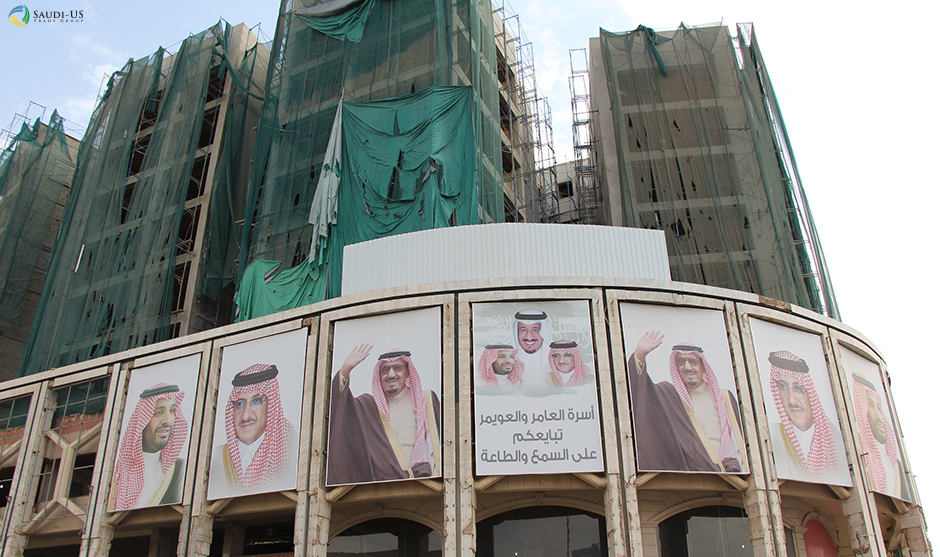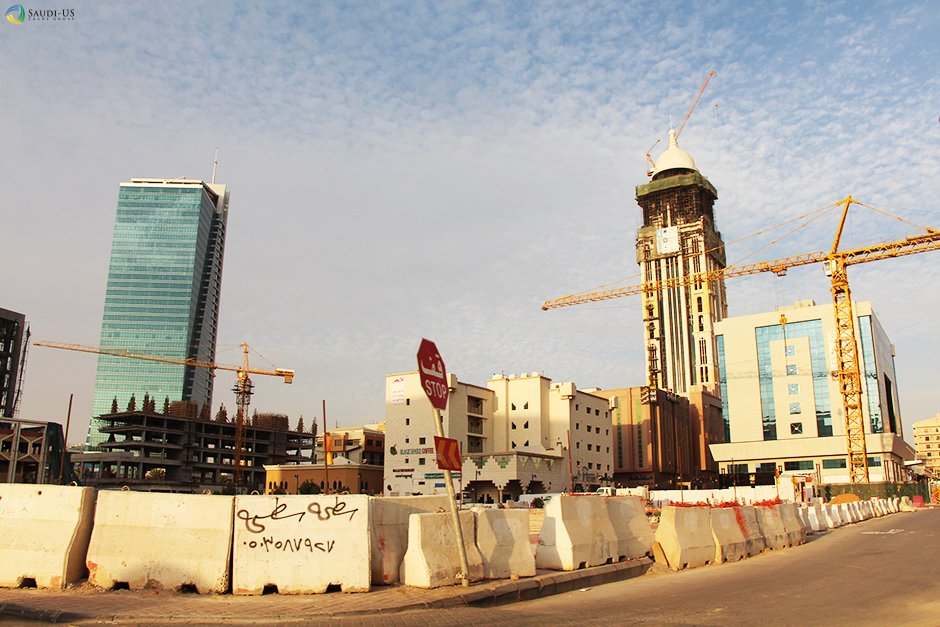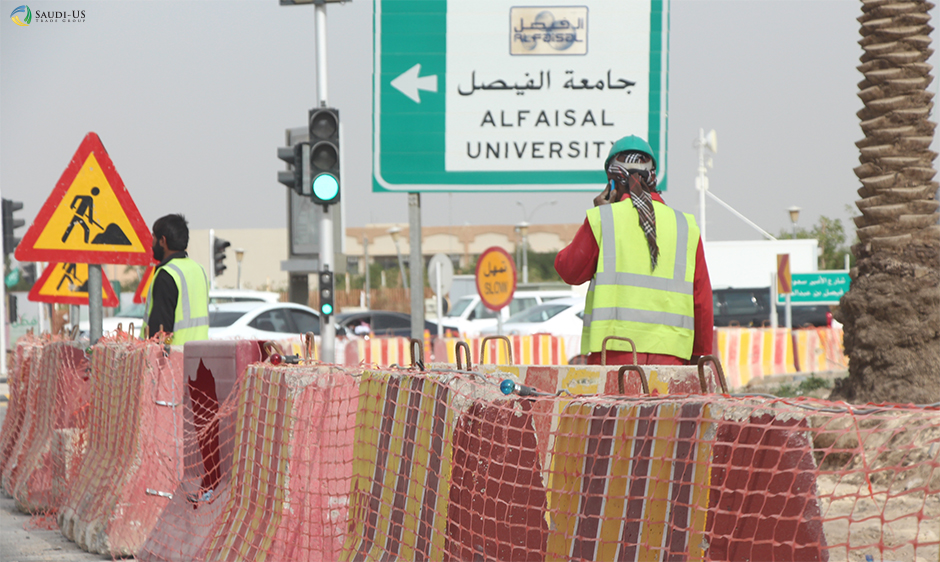5 years ago – as the Arab Spring rocked the Middle East – the Saudi government launched its own version of “political” reform. In September 2011 it began a series of policies aimed at reforming the country’s labor market and lowering the Kingdom’s chronically high unemployment rates.
I have been following the fate of these policies for SUSTG (Saudi-US Trade Group). In 2012 I analyzed the first year of results in Towards a Saudi New Deal and the next 18 months were covered in Summer 2014 Report Card.
My analysis each time was the same – in the context of a long-term policy addressing structural economic issues that can’t be solved overnight, or even within a decade, the new Saudi push for labor reform could only be described as serious. While legitimate critiques can be made about some of the tactics – the Saudi government is producing results within the context of what is reasonably achievable.
As SUSTG continues to push U.S.-Saudi business and commercial ties forward with their support of the U.S. Chamber of Commerce and the Council of Saudi Chambers inaugural U.S. –Saudi CEO Dialogue in Riyadh and with a further 18 months passed, it is time to take a further look.

What ‘s Happened Since Late 2014?
The biggest economic development has been the passing of King Abdullah and the enormous range of responsibilities given to 30-year old Deputy Crown Prince Mohamed bin Salman, the son of the new King Salman. Prince Mohammed clearly has been given a mandate to lead a new, comprehensive push to reform the economy. He has generated significant notice for his focus on using data to measure government performance with the biggest outlines of his plan to be announced next month.
One foreign journalist had some intensely negative views on Prince Mohammed, but the people I’ve talked to – on the ground – in a position to know, believe he is a very talented individual. He is very popular in Saudi Arabia right now – and especially amongst the younger generations.
Like any “new” politician with big plans, no one knows ultimately how they will do. Only time can tell. But there is little basis to say that the new Deputy Crown Prince is not qualified for the job, and doesn’t have a positive and noble vision for reform.
Where does Labor Reform fit into this?
Under the new King, it clearly has the same overall strategic Saudi government priority. However, it has been trickier to gather precise quantitative data on job gains this time – compared to previous articles I wrote on this topic for SUSTG.
It is unclear why exactly. As always happens when there is a change of administration, there are shuffles in bureaucracy, who is where, what committee does what etc.
One social media comment from the respected Saudi business journalist Barjas Al-Barjas might give an ironic clue. He tweeted that because of the push for more transparency, some government agencies are more reluctant to release more data because they don’t want to be criticized – presumably if the results are not what is expected.
In October the government announced the creation of a new Commission for Job Generation and Anti-Unemployment. According to one top official “the fact that it would be linked directly to Deputy Crown Prince Mohammed bin Salman would allow it to ensure more effective coordination between projects run by the public and private sectors.”
Also in October, a series of amendments to existing labor laws was announced.
The government has continued to be very aggressive against those who hire illegal aliens. For example, the March 9th episode of the popular talk show “Al-Themana” discussed newly imposed fines on Saudi companies that violate regulations against hiring black market labor.

The Delay of Phase Three of Nitaqat
If there is agreement on the need for reform, there has been strong disagreement over how to go about achieving it. And that is the main critique of Nitaqat.
The government’s position has always essentially been that it is going to create some “pain” because it’s the only way that real reform will make it through. Whereas firms have pushed back for the precise reason that pain would be bad for the private sector.
In the struggle over Phase 3 of Nitaqat – the firms appear to have won the argument. It was supposed to be launched in April 2015 but the Ministry of Labor agreed to delay Phase 3 as a concession to the private sector, after a strong case was made that the government benchmarks for Saudization were not achievable.
Are the Reforms Working?
It is hard to tell exactly how many new jobs have been created over the last 18 months. Jadwa Investment put out a report with some interesting details. But the unemployment rates are always hard to gauge – since it could also mean people who dropped out of the labor force.
Perhaps the more important question: are the reforms working? I have seen nothing that would suggest they are not. It is crystal clear that labor reform and reducing unemployment rates is a top priority of the new Saudi leadership even if over the last year it has been somewhat harder to determine which committee or which person is in charge or to find easily quantifiable data.
***
Nathan Field is a commentator on Middle East politics. He spent two years working as a consultant in Saudi Arabia as part of the $1 billion UN-sponsored Gulf War environmental remediation program and is the co-founder of the company Industry Arabic.









